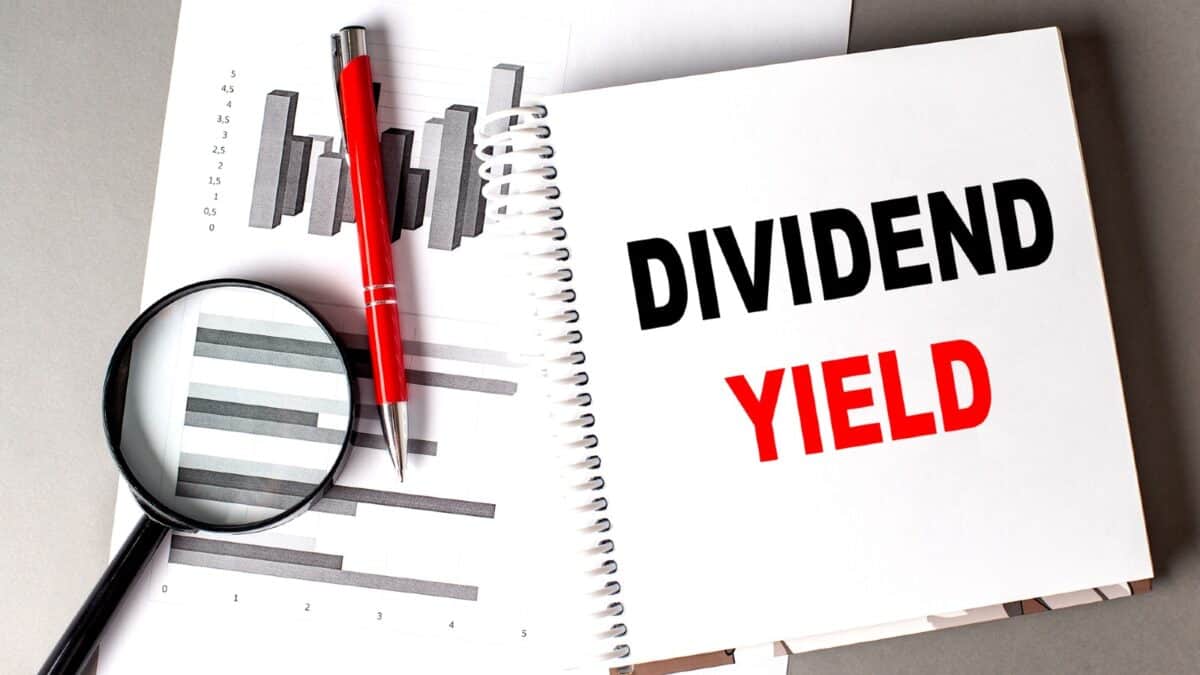
Image source: Getty Images
In my opinion, investing in dividend stocks is a great way of creating an additional income stream. But they can also play a part in building wealth.
To do this, it’s necessary to reinvest any cash received and buy more shares. This is a process known as compounding. And in my opinion, it’s an effective way of increasing the value of a portfolio.
This is best illustrated by way of an example.
Some numbers
Let’s assume an investor has £10,000 of shares yielding 3.6%. Each year, this would provide income of £360. Over 30 years, this would generate £10,800 of dividends and, assuming there was no capital growth (or losses), the original £10,000 would remain.
Alternatively, if the £360 received in year one was reinvested, in the second year it would grow to £373. Repeat this again and, in year three, the income received would increase to £386. And so on…
After 30 years, the investment pot would be £28,893. Okay, the investor has sacrificed income of £10,800. But the end result is much better.
Of course, this analysis is a little simplistic. Dividends are never guaranteed and share prices can go up and down. However, it does illustrate the potential of dividend stocks.
The second tier of UK stocks
In my example, I used a yield of 3.6%. This is the same rate currently (30 May) available from the FTSE 250. In fact, the index presently offers a higher return than the FTSE 100, its more famous cousin.
Look closer and there are many stocks currently yielding more than the average. According to Dividend Data, there are 17 with a yield above 8%. The average of these is 10.2%.
Plug this figure into our example above, and £10,000 would grow to £184,267 over 30 years.
Interestingly, 13 of the 17 operate in the energy sector, including oil, gas and renewables. Nine are investment trusts. Falling energy prices have impacted industry share prices and helped push yields higher.
A closer look
One example of this is Harbour Energy (LSE:HBR). Its share price has fallen 30% since the start of 2025 and the stock’s currently yielding 10.6%. In January, it was close to 6%.
The government’s ‘windfall tax’ means profits made from the North Sea are taxed at 78%. This has prompted the group to announce plans to cut its workforce by a quarter and slash domestic investment.
To mitigate the impact, in September 2024, Harbour Energy acquired the assets of Wintershall Dea. The majority of its earnings now come from outside UK waters.
But a falling oil price affects all regions. The group’s now expecting free cash flow (FCF) in 2025 of $900m. This is $100m lower than its previous guidance. Prudently, it assumes a Brent crude price of $65 and a European gas price of $12/msfc (million standard cubic feet) for the remainder of the year. Both are currently trading around these levels.
However, volatile energy prices are a risk associated with investing in the sector.
But crucially, FCF of $900m is comfortably more than the $455m the group has pledged to return to shareholders this year.
Despite the challenges facing the sector, Harbour Energy’s dividend looks secure, for now. On this basis, it could be a FTSE 250 income stock for investors to consider.



